Here are my thoughts on VFT winter dormancy. This has kept my flytraps fairly healthy for the past 15 years. It is mainly applicable to those living in northern climes who can't keep flytraps outdoors, but have available a window (preferably basement) with a cool draft. Hopefully some of this will be useful in other situations also.
VFT are native to a small area centered on Wilmington, NC, so it seems reasonable that the closer you can mimic their native conditions, the better they will perform. In mid-November, Wilmington averages highs of 68F, and lows of 45F, with the sun up for 10 hrs, 19 mins. In the coldest month, January, average temps are highs of 56F, lows of 36F. So please realize that putting VFTs in the fridge at a constant 37F or so, is very UNLIKE their native condition.
If you are in a cold climate, say the northern US, or like me in Canada, I feel you are best to put VFT in a cool window that gets good light but also winter drafts. This is not a bad approximation of their native winter climate - short daylight hours with cool but fluctuating temperatures.
In my situation, I keep my flytraps outdoors until they go dormant in late September as night temperatures approach frost and daylength drops below 12 hours. Then I bring them inside and place them in a south-facing basement window that is level with the ground but partly blocked by a pine tree, so they receive some sunlight, but not a whole lot. This isn't perfect though, as indoors is still quite constantly warm (70F) at that time, but if they are dormant when I bring them in, then the low light levels seem to keep them dormant. By November, it has cooled outside so the window temperatures are cooling and things more closely mimic their native climate.
Right now (Nov. 17), with an outdoor temperature of 27F, my basement windowsill by my VFTs is 59F. The average of the high and low for Wilmington in mid-November is 57F, so I'm not far off. We have crappy basement windows that frost heavily inside the house on cold winter nights, and while my VFT are far enough from the window to avoid frost, they will get quite chilly.
Other thoughts: Dormancy does not mean that all old traps die off. It means that the VFT is not interested in producing new traps, but the old ones can still provide nutrients through photosynthesis. You could feed them I suppose, but who wants to eat while they are trying to sleep? Leave the old traps to gradually die off through the winter at their own pace.
Putting flytraps in a fridge for dormancy is a bit drastic IMO. In their native climate they don't get anywhere near such a cold dormancy. Well, I've never tried this option, but it sounds like it can work and is certainly better than no dormancy. But I'd certainly suggest choosing a less drastic option, if possible.
As for my own situation, I have to bring in my VFT indoors in late September, and I can't move them back outside until mid-May -- that's almost 8 months dormancy! I suspect in their native climate they have a 3 month dormancy, so I've got some serious troubles giving them a normal dormant period. Three months dormancy is up by Christmas, but very cold outdoor weather has set in by then, so the VFT normally stay dormant until winter's worst has passed. But by late February they are wanting to grow, but I have to keep them quiet for another almost 3 months. Yes, lots of weak growth in the early-spring months, then some harsh sun damage when I put them outside in late spring, then they recover through the summer and the cycle repeats.
I guess my point is that folks should try and match their native conditions as best as possible. But when conditions can't be matched closely, I find that VFT are quite tolerant of conditions that somewhat match their native habitat.
Here's some pics. The first is my flytrap-in-aquarium setup in the basement window. This aquarium is about 80% covered with plastic wrap, but this is not to increase humidity (since they had no covering while outdoors this summer); it is to reduce evaporation so I can more or less ignore it from watering during winter.
{{gwi:567936}}
The next pic is just to show that dormant does not mean that big traps have to die off. In this mid-November photo, the big traps on these plants were produced in September or earlier, and although I cleaned some of them out when I brought them indoors in late September, there have been no new large traps form after mid-September (you can see some small traps that have formed since that time - dormant style traps). So these big traps were formed in early September, and they may persist for most of the winter.
{{gwi:567937}}
In case it isn't clear, here's a closeup that shows that the new traps that are forming on this mostly-dormant plant are small traps on short leaf blades. But the older summer traps from early September or earlier still remain, and could remain until Spring.
{{gwi:547057}}
There are many options for winter dormancy, you might have to experiment to see which one works for you.

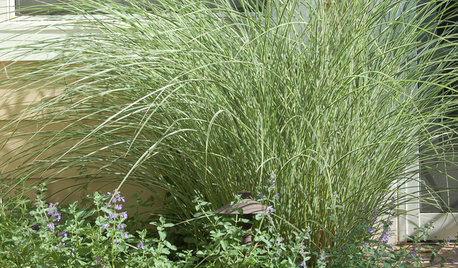


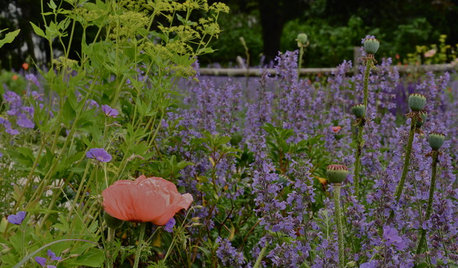
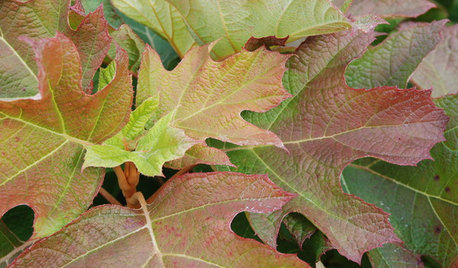

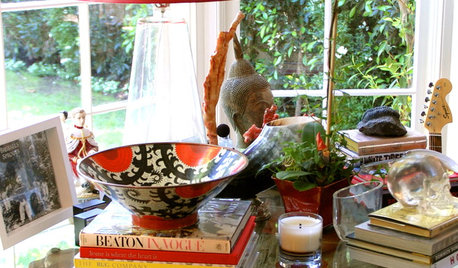
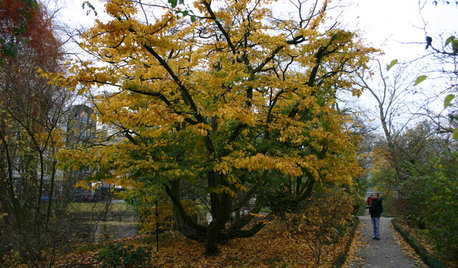
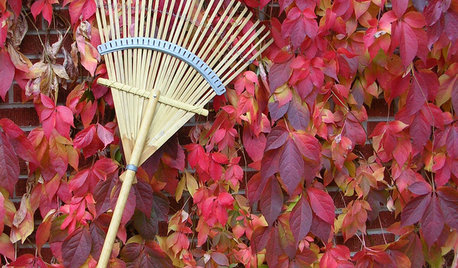






mutant_hybrid
petiolaris
Related Professionals
Canton Landscape Architects & Landscape Designers · Edmond Landscape Architects & Landscape Designers · Arnold Landscape Architects & Landscape Designers · Vernon Hills Landscape Architects & Landscape Designers · Manchester Landscape Contractors · Stamford Landscape Contractors · Canyon Lake Landscape Contractors · Davidson Landscape Contractors · Mastic Beach Landscape Contractors · Santa Maria Landscape Contractors · Waldorf Landscape Contractors · Denton Swimming Pool Builders · Drexel Hill Swimming Pool Builders · Huntsville Swimming Pool Builders · Weatherford Swimming Pool Builderstommyr_gw Zone 6
agentrdy
stillmanz
petiolaris
stillmanz
petiolaris
stillmanz